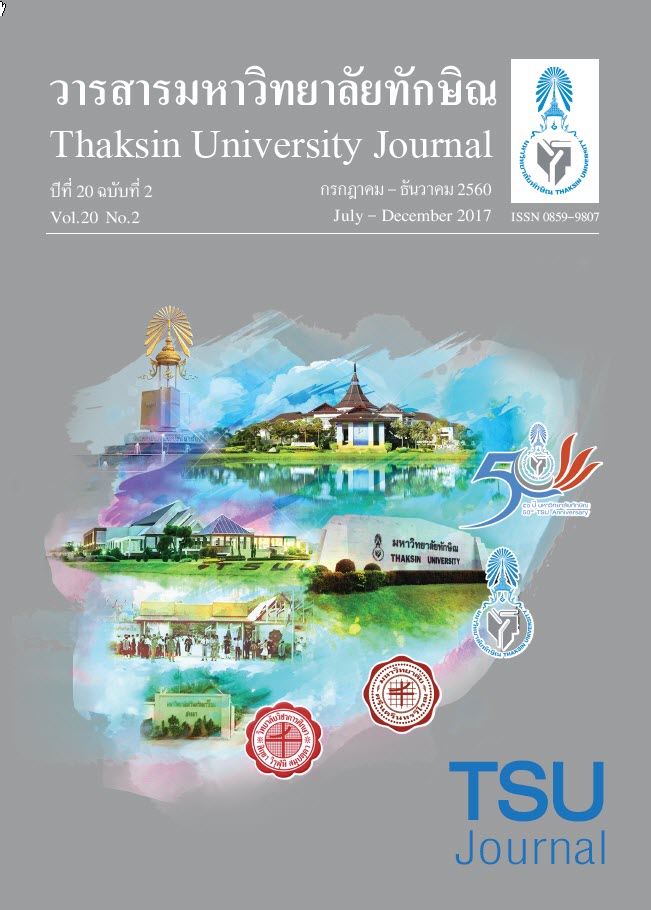The Effect of Awareness Program by Media on the Transmission Mathematical Model of Leptospirosis
Main Article Content
Abstract
In this paper, we developed and analyzed a non-linear mathematical model for the effect of awareness programs driven by the media on the spread of Leptospirosis. The awareness program are treated as an intervention for the emergent disease. We divided the susceptible populations into two sub-classes: susceptible class and aware susceptible class. We assumed that susceptible individuals who come across with media campaign move to aware susceptible class and in general avoid contact with infection. This model is analyzed by using stability theory of differential equations. The results show that if the basic reproduction number R0 < 1, then the disease dies out, however, if R0 < 1 , then the disease becomes endemic. Our analysis shows that the awareness programs driven by the media have positive impact in reducing the infection prevalence of the infective population
Article Details
References
[2] Michel, V., Branger, C. and Andre-Fontaine, G. (2002). “Epidemiology of Leptospirosis”, Revista Cubana de Medicina Tropical. 54(1), 7-10.
[3] Triampo, W. et al. (2007). “A Simple Deterministic Model for B. PIMPUNCHAT ET AL”, International Journal of Biological and Medical Sciences. 2(1), 22.
[4] Pongsuumpun, P., Miami, T. and Kongnuy, R. (2008). “Age structural transmission model for Leptospirosis”, in Proceedings of the 3rd International Symposium on Biomedical Engineering, 411–416. 3-6 December 2008. Singapore.
[5] Zaman, G., Khan, M. A., Islam, S., Chohan, M. I. and Jung, I. H. (2012). “Modeling dynamical interactions between leptospirosis infected vector and human population”, Applied Mathematical Sciences. 6(26), 1287–1302.
[6] Schwitzer, G., Mudur, G., Henry, D. et al. (2005). “What are the roles and responsibilities of the media in disseminating health Information”, PLoS Medicine. 2(7), 215.
[7] Shattuck, J. T. (1998). “Lecture medicine and the media”, The New England Journal and Medicine. 339, 87-92.
[8] Cui, J., Sun, Y. and Zhu, H. (2008). “The impact of media on the spreading and control of infectious disease”, Journal of Dynamics and Differential Equations. 20(1), 31-53.
[9] Misra, A.K., Sharma, A. and Shukla, J.B. (2011). “Modeling and analysis of effects of awareness programs by media on the spread of infectious diseases”, Mathematical and Computer Modelling. 53, 1221-1228.
[10] Kaur, N., Ghosh, M. and Bhatia, S.S. (2014). “Modeling and Analysis of an SIRS Epidemic Model with Effect of Awareness Programs by Media”, International Journal of Mathematical, Computational, Physical, Electrical and Computer Engineering. 8(1), 233-239.
[11] Bacciotti, A and Rosier, L. (2001). Lyapunov Function and Stability in Control Theory. London: Springer-Verlag.
[12] Lakshmikantham, V., Leela, S. and Martynyuk, A.A. (1989). Stability Analysis of Non Linear Systems. New York: Marcel Dikker Inc.
[13] Van den Driessche, P. and Watmough, J. (2002). “Reproduction numbers and sub-threshold endemic equilibria for compartmental models of disease transmission”, Mathematical Bioscience. 180, 29-48.
[14] Alen, L.J.S. (2006). An Intoduction to Mathematics Biology. English: Peason/Prince Hall.


